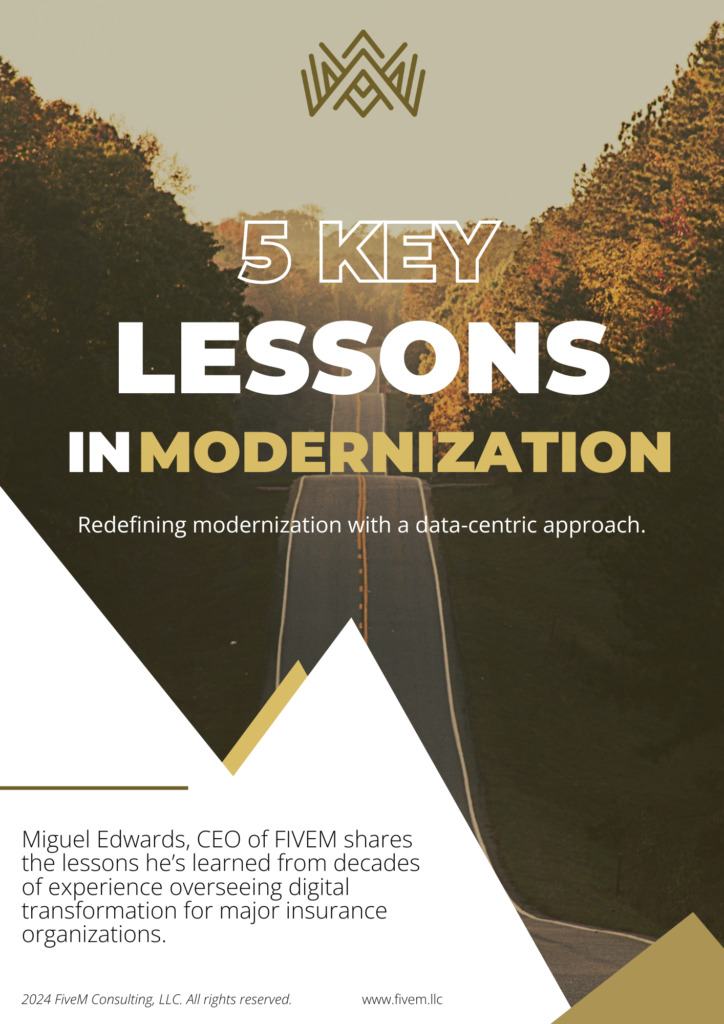When all the lights on the dashboard are green, it’s easy to assume everything’s going according to plan. But what if those glowing indicators are just illusions? Comforting, yes, but misleading all the same?
Welcome to the KPI mirage, where organizations obsess over familiar metrics while progress quietly grinds to a halt. It’s not just a fluke or paranoia, it’s a recurring pattern in modern business. Many of the key performance indicators executives love to track are lagging indicators, snapshots of the past that reward predictability and punish experimentation. In a world that’s shifting faster than ever, those old KPIs might be the very thing holding you back from your next breakthrough.
So, what’s the fix? It starts with seeing the mirage for what it is, then making a conscious effort to rethink what you’re measuring and why. This article unpacks why relying too heavily on traditional KPIs can lead your organization astray, digs into real-world examples of companies that broke free from outdated metrics, and offers a fresh approach to tracking what really drives growth and innovation.
Chasing Shadows: The Lagging Indicator Problem
Leaders often cling to metrics like quarterly revenue, EBITDA, and customer acquisition cost because they provide a false sense of control. They’re easy to quantify, look impressive in reports, and are widely understood. But here’s the kicker, most of these are lagging indicators. They tell you what’s already happened not what’s coming next.
By the time a red flag appears in one of these metrics, it’s often too late to pivot. As pointed out in an EY study, transformation success depends on early detection of change—something traditional KPIs simply aren’t built for. Observing human behaviors, customer emotions, and shifts in engagement offers earlier warning signs. If your dashboard looks perfect while your customers quietly drift away or your team’s morale tanks, you’re measuring the wrong things.
Metrics can also become barriers to innovation. Imagine launching a radical new product and evaluating it with the same performance metrics as your best-selling legacy product. It’s almost guaranteed to fail at least on paper. But those early failures often contain the seeds of tomorrow’s success. As Scott Kirsner noted in Harvard Business Review, forcing new ideas into a tidy box of performance metrics too soon can strangle innovation in its infancy.
Even renowned experts like Clayton Christensen warned against using metrics like net present value (NPV) to evaluate unproven ventures. These metrics may look smart and financially sound, but they’re often the silent killers of innovation. What they reward is predictability, not potential.
Metrics as Proxies: When Numbers Replace Meaning
Why do even the smartest teams fall into this trap? Because numbers are neat. They simplify complex business realities and make reporting easy. But metrics are only proxies. Jeff Bezos nailed it when he warned that companies often forget why they started tracking a metric in the first place. Over time, they start managing to the number itself, even if it’s no longer aligned with what success actually looks like.
This “proxy drift” turns KPIs into performance theater. You hit the metric, celebrate success, and move on even if customers are frustrated, employees are disengaged, or the market has changed. It becomes a game of keeping score without checking whether you’re playing the right game.
In extreme cases, this obsession with hitting numbers can create a toxic culture. Just look at the Wells Fargo scandal, where employees opened fake accounts just to meet sales goals. It wasn’t that they didn’t understand the goal, it’s that the goal was misaligned with reality. As one manager confessed, team members became “blinded by a goal,” chasing numbers at the expense of ethics and customer trust.
When New Metrics Open New Doors
So what happens when companies ditch outdated KPIs in favor of metrics that better reflect their mission and stage of growth? Magic, that’s what.
Take Adobe’s pivot to a subscription model. They knew that the old metric of license sales would tank as they moved to a cloud-first approach. So, they educated their board and investors to focus on annual recurring revenue (ARR), user growth, and customer lifetime value. These metrics better captured the long-term potential of their transformation. It paid off big time. Once the focus shifted, their growth skyrocketed and so did their stock.
Or look at Google and 3M. Both gave employees dedicated time to explore passion projects outside of their core duties. Gmail, Google Earth, and the Post-it Note all came from these “off-metric” projects. Traditional productivity measures would’ve seen these efforts as wasted time. But by valuing the generation of new ideas, these companies embedded innovation into their culture.
Atlassian took it a step further with its “ShipIt Days,” encouraging employees to build something new in 24 hours. The success wasn’t judged by output alone, but by collaboration, creativity, and potential. The result? A burst of innovation and new features that might’ve never surfaced in the daily grind.
And then there’s Lemonade, the disruptor in insurance. Instead of focusing on the typical combined ratio, they tracked claim response time and customer satisfaction. Paying claims in under three seconds wasn’t just a brag, it became a core KPI. That metric didn’t just reflect efficiency, it signaled trust, transparency, and customer-first thinking. And guess what? Customers noticed.
What’s Really Worth Measuring?
These case studies point to a clear pattern, when organizations measure what truly matters whether that’s innovation velocity, customer delight, or mission alignment, they unlock new opportunities. But this doesn’t mean throwing away all your existing KPIs. It means being intentional about them.
Not every project should be judged by short-term ROI. A new venture might need metrics that focus on learning, user engagement, or the number of hypotheses tested. An internal culture initiative might track team sentiment or collaboration scores. The goal is to measure impact, not just activity.
It’s also important to distinguish between leading and lagging indicators. Lagging indicators like revenue or churn reflect the past. Leading indicators like customer engagement trends or the number of pilot projects underway offer insight into future outcomes. A healthy KPI dashboard balances both.
Changing Metrics Means Changing Minds
Let’s be real changing KPIs isn’t just a numbers game. It’s a leadership challenge. People are creatures of habit. Boards want consistency. Teams want clarity. So, when you decide to shift what you’re measuring, you’ve got to bring everyone along for the ride.
Adobe didn’t just change what they tracked, they told a story. They explained to stakeholders why ARR mattered more than license sales, and they provided milestones that showed progress. That kind of communication builds trust. It signals that the company knows where it’s going and how to get there.
The same applies internally. If you’re going to introduce new innovation metrics or start celebrating experimentation, make sure your culture reflects that shift. Celebrate wins based on the new metrics. Share stories of “failed” projects that delivered valuable lessons. The more visible and vocal leadership is about the new scorecard, the faster teams will align their behaviors accordingly.
Escaping the KPI Mirage
Let’s call it what it is, many of today’s go-to business metrics are relics. They offer a comforting sense of order in a chaotic world. But in too many cases, they blind leaders to what actually matters. Worse, they reward safety over boldness, routine over reinvention.
It’s not about managing without data, it’s about managing with better data. When your metrics reflect curiosity, risk-taking, and long-term thinking, they become a compass for innovation rather than a mirror of past performance.
So the next time you stare at that dashboard full of green lights, ask yourself: are these numbers telling us we’re truly winning or just that we’re standing still in a world that’s racing ahead?
What Should You Do Now?
Start with this. Revisit your current KPIs. Ask what each metric is supposed to represent. Then ask if it still does. Are you measuring outcomes or just activity? Are you encouraging learning and experimentation or penalizing anything that’s not immediately profitable?
And most importantly, are your metrics helping you build the future or just helping you feel safe about the past?
Remember, the most powerful innovations are often hiding in plain sight just waiting for someone to measure them.
Like this article? Share it with your team. Rethink your metrics. And hey, maybe even pay a claim in under three seconds.





